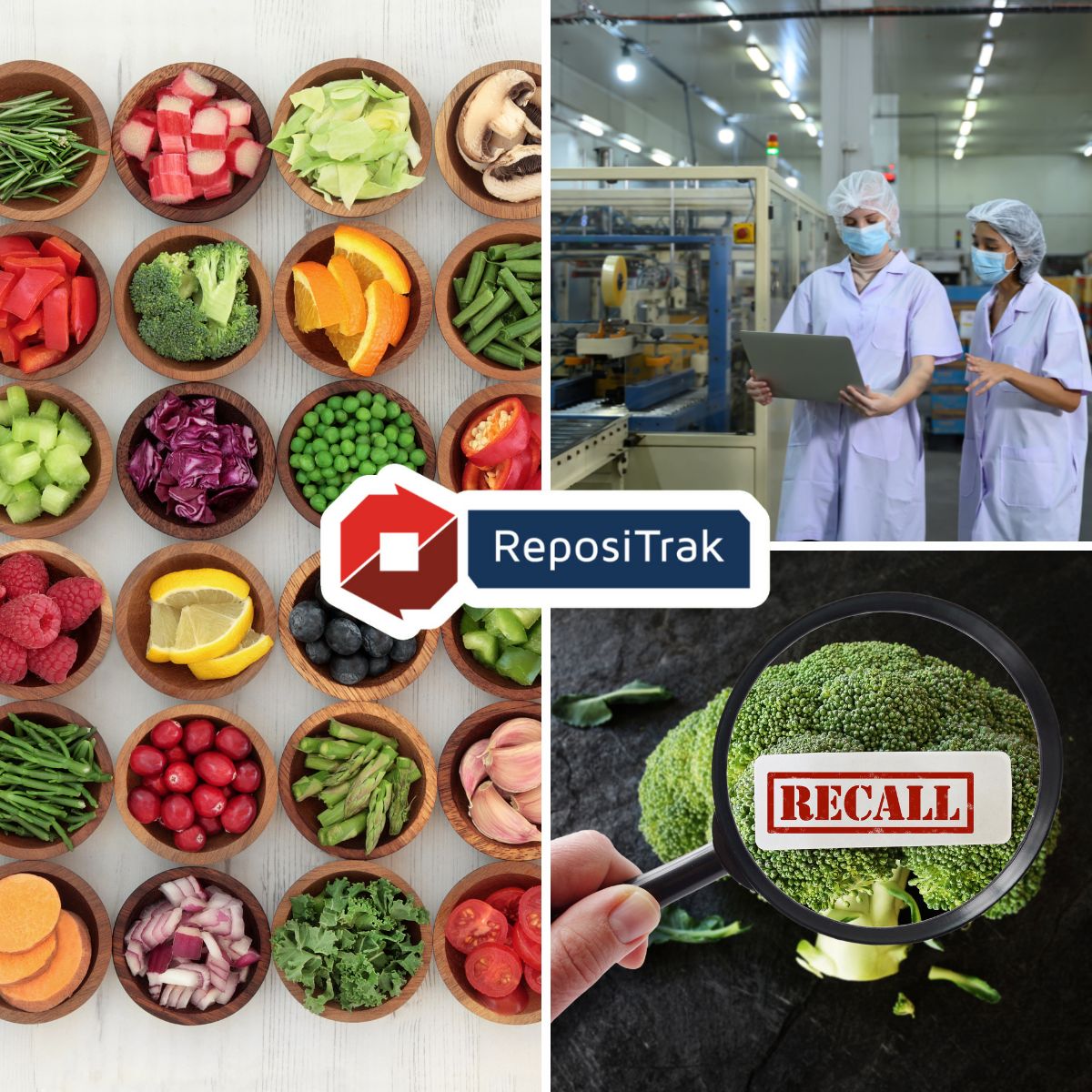
Salt Lake City, UT – December 16, 2025 – ReposiTrak (NYSE: TRAK), the industry leader in food traceability and regulatory compliance, announced that the push for traceability is now being driven by market forces rather than federal timelines. During a recent MorningNewsBeat interview, ReposiTrak Chairman and CEO Randy Fields and Affiliated Foods, Inc., Amarillo President and CEO Randy Arceneaux discussed how retailers and wholesalers are accelerating traceability implementation well ahead of the FDA’s FSMA 204 enforcement date.
Dozens of major retailers and wholesalers have already established their own go-live dates for traceability, independent of FDA deadlines. These companies are setting practical standards, requiring suppliers to comply with their own traceability requirements, and they are creating an industry-led framework that goes beyond federal requirements. Retailers have determined that full-chain traceability is operationally essential to protect their businesses, customers, and brands.
Suppliers need to start now because retailer-driven deadlines are arriving years ahead of FDA enforcement and waiting risks losing business to competitors who are already compliant. “Retailer requirements — not FDA enforcement — are dictating supplier timelines. We’re already seeing 70 to 80 retailers and wholesalers putting stakes in the ground and setting their own deadlines. Walmart, Kroger, and Albertsons are among them.” said ReposiTrak Chairman and CEO Randy Fields.
Fields noted that around 80% of suppliers are still figuring out how to implement traceability, underscoring the urgency. Because each retailer demands different data formats, suppliers face significant complexity. “A supplier has to figure out how to send different data to different customers in different ways every day. It’s problematic,” Fields explained.
He also emphasized that selective tracking of only FDA-listed food items isn’t practical at scale. After extensive analysis, ReposiTrak concluded that broad traceability across ALL food products is far more efficient and sustainable. “Operationally, trying to isolate just those FDA-listed items creates complexity and workarounds that most systems cannot support,” Fields said.
The takeaway is clear: FSMA 204 compliance is no longer just a regulatory requirement, it’s becoming an industry standard driven by market expectations. Companies that act now will not only meet their customers’ deadlines but gain a competitive edge through greater transparency, efficiency, and trust within the supply chain.
ReposiTrak offers solutions that automate traceability, streamline compliance, and enable rapid, accurate responses to food safety events. The ReposiTrak Traceability Network ensures seamless data exchange without additional hardware, validating every file through a 500+ point check. A dedicated U.S.-based team works with suppliers to correct errors, delivering complete and accurate data to retail, wholesale, and foodservice partners.
Watch the full interview HERE.
About ReposiTrak
ReposiTrak (NYSE: TRAK) provides retailers, suppliers, food manufacturers and wholesalers with a robust solution suite to help reduce risk and remain in compliance with regulatory requirements, enhance operational controls and increase sales with unrivaled brand protection. Consisting of three product families – food traceability, compliance and risk management and supply chain solutions – ReposiTrak’s integrated, cloud-based applications are supported by an unparalleled team of experts. For more information, please visit repositrak.com.
